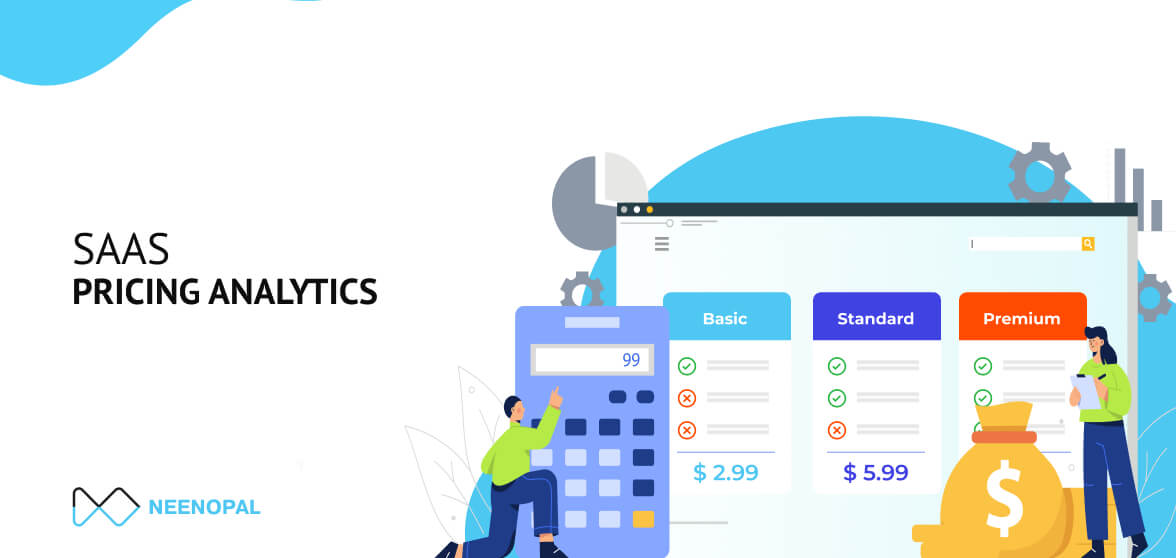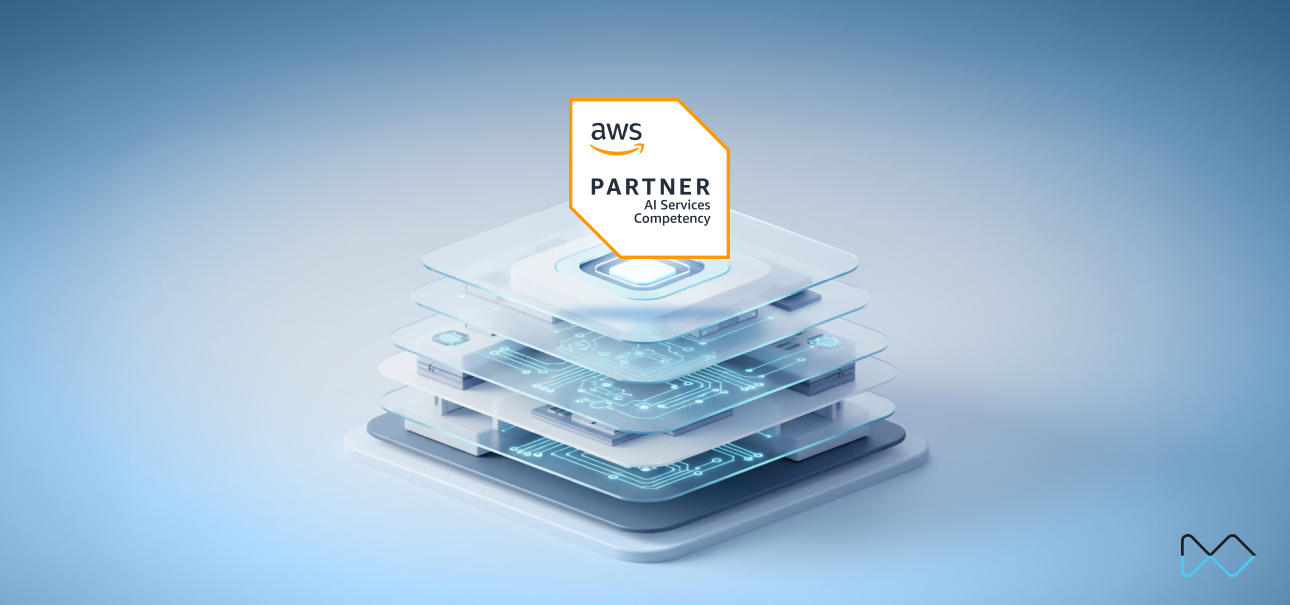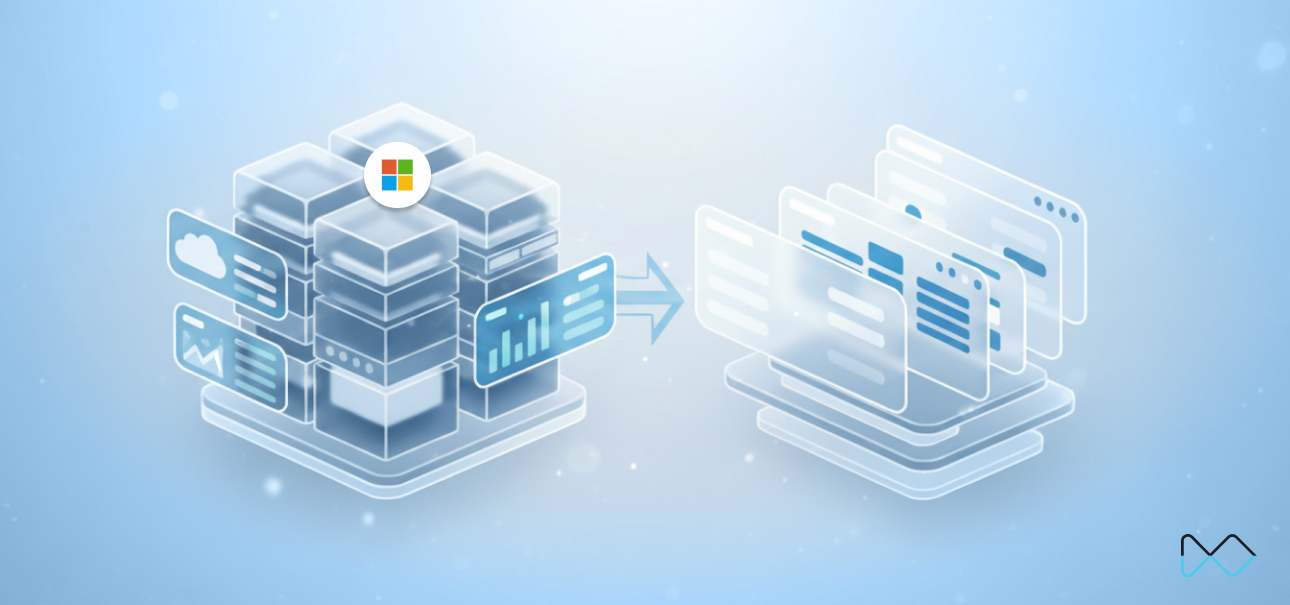Pricing is the ultimate key to increasing profits
When SaaS companies think about growth, all they talk about is customer acquisition. Yet pricing is that untapped growth lever that has the highest impact on company growth. A profitable SaaS pricing strategy has 3 components :
-
The pricing model used to balance value and revenue.
-
The pricing strategies used to achieve growth goals.
-
The psychological pricing tricks used to fine tune price.
Key Terms:
-
Average Selling Price (ASP) - Average price at which a service/goods are sold.
-
Monthly Recurring Revenue (MRR) - Revenue that a company expects to receive on a monthly basis from customers for providing them with products or services.
-
Lifetime Value (LTV) - The total value that a customer brings to the company over their entire time as a customer.
-
Customer Acquisition Cost (CAC) – The average cost borne by the company to acquire a customer.
SaaS Pricing Analytics
In today’s time and age, it is very crucial to get pricing right. On average, a 1% price increase results in about 8.7% increase in operating profits. If we fail to harness the power of big data in pricing, we are leaving huge revenues on the table.
|
Goals |
Questions to ask |
Dashboard views |
|
Grow Company Revenues |
How are revenue and volume trending over time? |
Revenue and Volume |
|
Raise overall selling price without affecting volume |
What is causing ASP to move up or down? |
ASP Trend |
|
Reduce discounting across channels |
How are discounts varying across channels? |
Discounts Trend |
|
Increase subscription-based revenues |
Which subscription is generating the most revenue? |
Volume by Subscription |

-
One key aspect for SaaS business is that it serves the global market. The price points should thus vary as per the target country. Fluctuations in revenue and volume will be different for different economies. Using price sensitivity and market saturation studies, a fair price can be established based on available competition in target areas.
-
Dip in volumes along with increase in revenues suggests that there has been improvement in ASP realization. Fluctuations in revenue and volume equally suggests that there is a good amount of discounting happening. ASP needs to be checked for that period; if it is at a down trend, discounts are the reason for the volume spike.
-
Customer touch points keep exploding with growing channels of purchase. Every channel is associated with a different persona and needs a well-tailored discounting strategy. Discounting can also be a great way to migrate customers from monthly to annual subscription plans.
Plan Pricing Strategy
Pricing is a process, with the ultimate goal of defining a strategy that will maximize revenue. Quantified buyer personas are the foundation of the entire pricing strategy. Segmenting customers into different personas based on their needs, preferences, budget, demographics, employment details etc can totally change the game for a SaaS business.
|
Goals |
Questions to ask |
Dashboard views |
|
Grow company revenues by price optimisation Define a right pricing strategy Deciding the plan price points that work best for company growth |
How is MRR trending with increased prices? What features are most popular and least popular? How is the LTV/CAC ratio changing with different personas? Is CAC put for high valued customers profitable for the company? Who are our customers and what buying persona they belong to? |
MRR by Price Feature Score Analysis LTV vs CAC Trend |

-
Price adjustment is at the heart of increased revenues. In the top left chart, the area under the curve represents total monthly revenue. On increasing the service price (Price Point 3> Price Point 2 > Price Point 1), it is seen that customers are ready to pay more for the service provided thus leading to increase in revenues. It signals towards a possibility that the service is under-priced.
-
Increasing LTV and decreasing CAC are fundamental to achieving high growth in a business. An optimized pricing strategy affects CAC greatly. With a well-positioned, packaged and priced product, a significant part of sales and marketing is already done thus leading to a high LTV/CAC ratio.
-
Feature Score Analysis helps identify the most and least valued features for different subsets of customers. Understanding what your customers value and their willingness to pay can help in formulating the right pricing strategy.
-
Constant iteration on positioning, packaging and pricing of products is the key to underlying unit economics.
Advantages
-
Dynamic Pricing based on markets and product packaging based on persona can help drive growth for SaaS businesses
-
Pricing stands at the intersection of marketing, sales and product. With ideal pricing and coordinated functioning of these departments, the impact on company growth and profits can be huge





